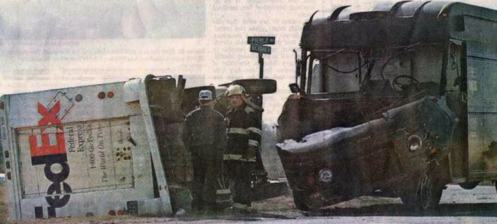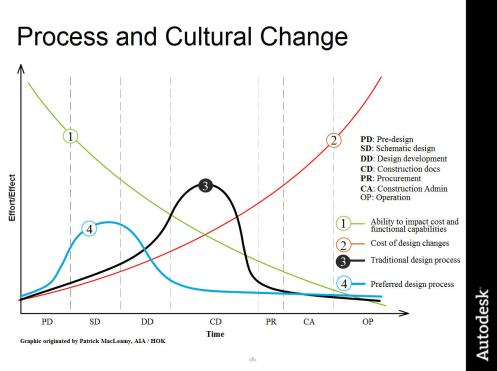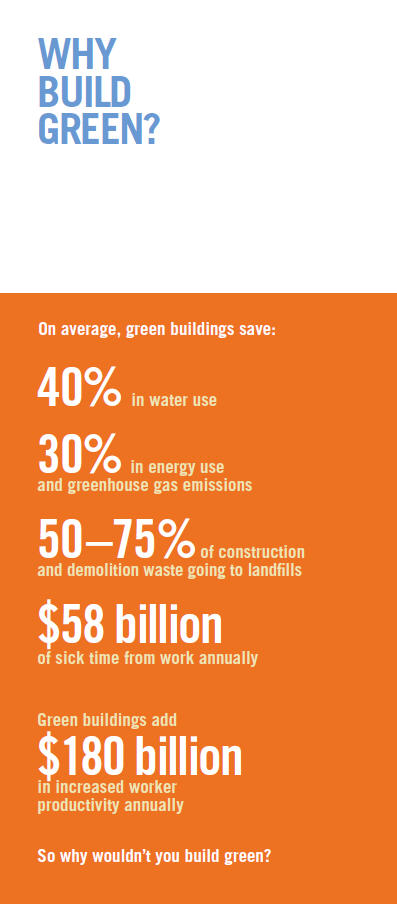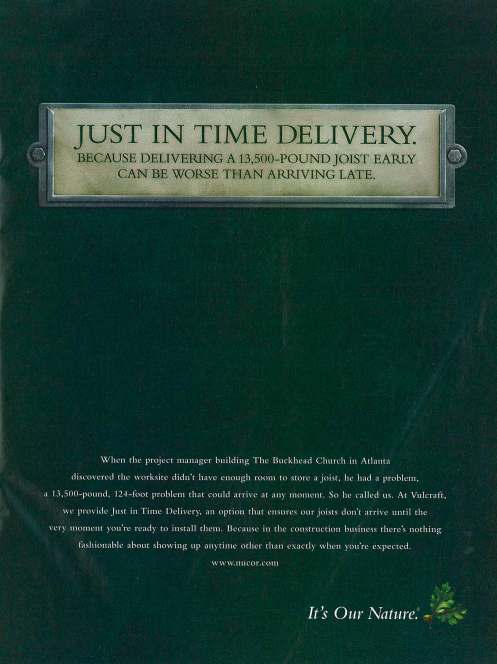As part of Autodesk’s sustainable design webcast series, I was glad to see that one section focused on a pet project of mine: the paperless jobsite. The hour long Going Paperless and the Environmental Impact of Architectural Practices webinar did not feature anything unheard of to me, but was quite interesting to view from an architect’s perspective.
The session was originally held on October 14, 2009, qualified towards AIA continuing education credit, and 72% of attendees were architects. From my own studies, I’ve primarily viewed the paperless project from my own perspective as the general contractor. Obviously I must interact with the architect, engineer, owner, and subcontractors while running a paperless project but as far as technical data goes, I could only gather information from my own perspective.
Luckily, it seems as though going paperless is not that different from the view of the architect. I have found the most significant impacts of the paperless project affects the submittal and blueprinting processes in my study posted on November 20, 2008. Autodesk’s presentation confirmed this by stating that the submittal process could and should be almost 100% paperless. They even went on to present a case study where one project team went from 8,000 submittals paper submittals on one project to zero paper submittals a similar project afterward. To gauge the environmental impact of using that much paper, they recommend visiting http://www.widgetbox.com/widget/eco-calculator.
As for blueprinting, I found it to be pretty interesting that $5,000,000 are spent per year shipping large-format document (i.e.: blueprints) by FedEx alone. Even more interesting is the fact that this is the same amount of money spent each year on software development for the construction industry.

So, ideally, if we stopped shipping so many unecessary blueprints we would be able to afford to delvelop, buy, and purchase better software to replace the paper that we’re not using…right?
Autodesk went on to address the issues with actually trying to effectively view and use all of these digital files. If you’re reading this on your old 12″ CRT monitor with low resolution, you’re probably not that excited about viewing full-scale drawings on the computer. The answer: buy a large monitor or two. We’re talking well over 22″ LCD’s.
Think about it by taking a look at your desk. You’ve probably designated an entire table just for your half-size drawings and there’s probably an even larger plan table in a central location of the office for full-size drawings. Think of the large monitor like the area set aside for the half-size drawing set. If you buy a monitor big enough, it’ll actually be the same size of the drawings themselves plus you’ll have the ability to zoom. Most monitors should only run ~$300 each and will last for 2 – 4 years. This is less than a dollar a day for a significant increase in daily efficiency. As for the full-size drawing plan table, I’d recommend SmartBoard or similar product.

Autodesk does not go into the benefits of SmartBoards but we’ve seen them to be well worth the cost, which is good because they’re pretty expensive right now at approximately $10,000 each. If you’re worried about the cost of power consumption, don’t be. Most pieces of electronics use less than 100W of energy, making them more efficient than standard light bulbs.
Autodesk’s last point of going paperless actually got my mind brainstorming the most. The interesting part of construction is that things are always changing. This includes the location of our projects. For the architect working on several projects in different cities or even countries, this can be a great opportunity. If project documents are stored digitally, the entire office may easily be accessed via web-based database programs as opposed to traveling with cumbersome blueprints, specbooks, etc. Digital documents may also be sent to others faster and cheaper as well. This leads us to my next point of interest, training, and experimentation: the web-based meeting.
Conference calls are great for discussions but can become quite confusing when trying to explain what page you’re looking at to the other person on the phone. With the web-based meeting, users can share their desktops with each other which means that all parties may view the same document simultaneously, regardless of location. In fact, the presenter of this webinar was broadcasting from a client’s desk while visiting the jobsite. Regular use of this technology could help eliminate the need to try and coordinate a date for multiple parties to travel and discuss a topic that may only need 30 minutes worth of coordination. The result of eliminating such meetings would be the ability to hold these meetings more frequently and allow more people to call-in, or login, as it were. While MEP coordination is usually paid with proper attention, there are many benefits to utilizing more robust coordination meetings with framers, drywallers, casework installers, acoustic ceilings, etc. that would result in increased efficiency, reduced schedules, higher quality, and reduced costs. Autodesk notes that the first couple of web meetings are akward but quickly become natural. As for concerns with the personal touch, companies such as Life Size HD offer high definition video feeds for conferencing to replace the impersonal, grainy webcams that we are accustomed to.
All-in-all, I really enjoyed Autodesk’s presentation and plan on watching the other archived presentations. If you want AIA credit, you must register for the live webinars. From submittals and blueprinting, to big-screen monitors, to web-based meetings, I’m glad to hear that I’m not the only one on board with moving more items to the digital world in a traditionally conservative and slow moving industry.
Posted in Green Construction
Tags: Autodesk, construction, environment, green, Life Size HD, paperless, SmartBoard, technology, web-based meeting, webinar







You must be logged in to post a comment.